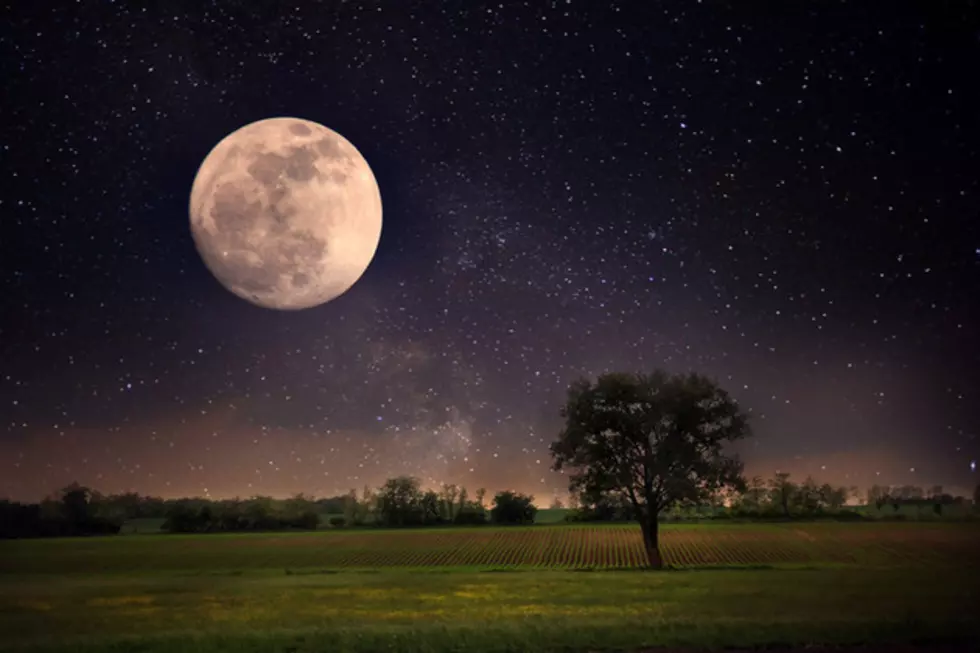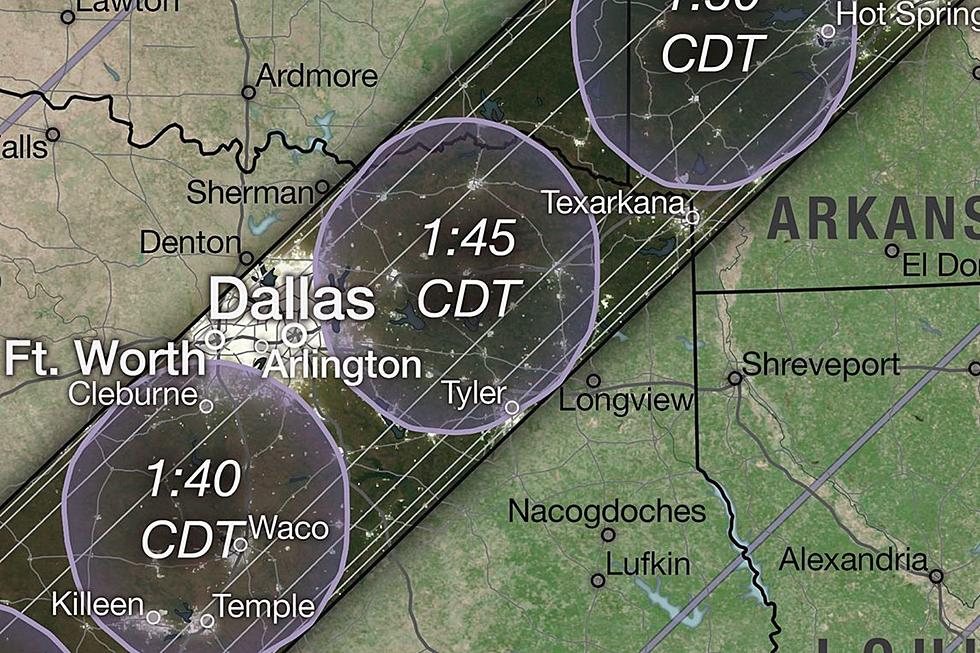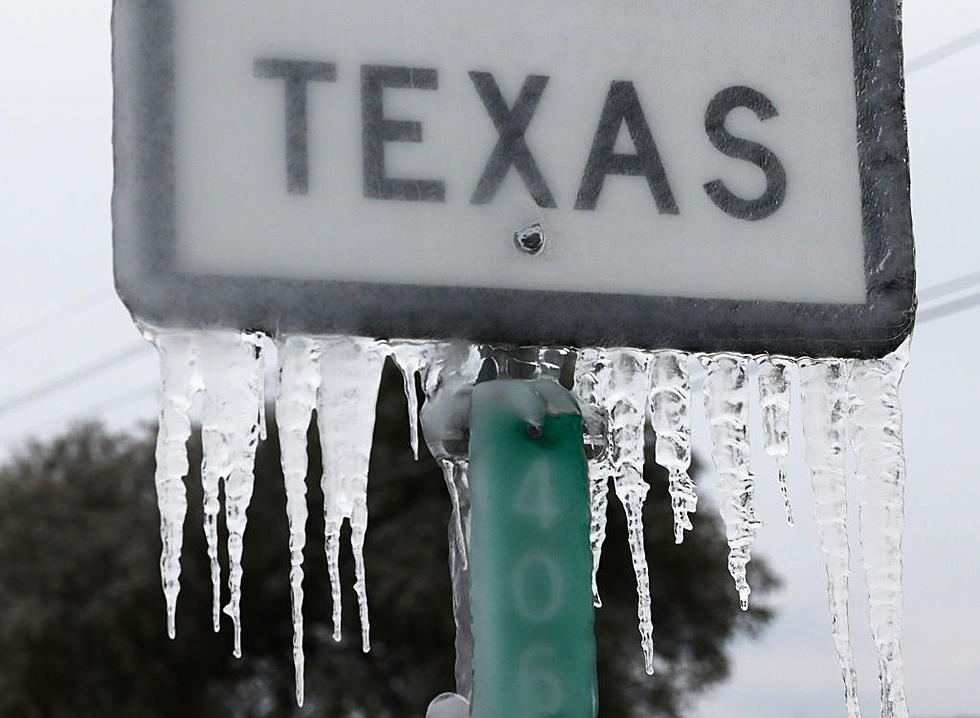
See The Third And Final Supermoon Of 2019 Tomorrow Night
Well, for those of us living in the realm of CST, look for the supermoon to reach its peak fullness around four hours after the vernal equinox--which should occur around 4:42 p.m. on March 20. That puts its peak at around 8:42 p.m. according to timeanddate.com. However, if you'd like to see it when it "looks" its largest, experts say to try and get outside as the moon is rising. It'll look more dramatic at that time and perhaps inspire you to get a shot of it with your camera.
As a sky-gazer myself, I'll be out there, too. They say this one may not be quite as overwhelming as last months, but it certainly will be something to behold and a fun way to celebrate the first day of spring. Share any pictures you take with us on the Classic Rock 96.1 mobile app.
More From Mix 93.1









